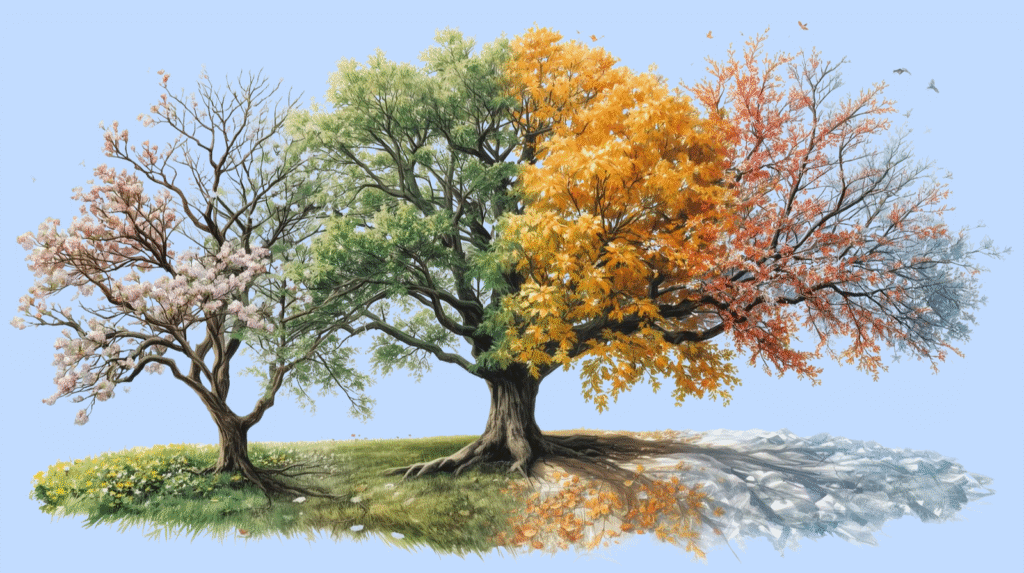
We are losing sunlight and it’s getting darker earlier. Have you noticed that you start to feel sad, your motivation to get things done decreases, and you no longer want to spend time with people especially when it gets colder? If this is you or someone you know, you might want to consider if you’re struggling with Seasonal Affective Disorder, also known as SAD. It’s a form of depression that follows a seasonal pattern, most commonly beginning in late fall and continuing through the winter months. It is a clinically recognized condition marked by recurring depressive episodes tied to specific times of year. While most cases occur during the fall and winter, a smaller percentage of people experience SAD in the spring and summer.
Below are some of the symptoms of SAD, start to count for yourself or someone you know how many symptoms they exhibit during the fall and winter months:
- Persistent low mood or sadness
- Fatigue or low energy despite adequate sleep
- Changes in appetite (often craving carbohydrates)
- Weight gain or loss
- Difficulty concentrating
- Social withdrawal or isolation
- Loss of interest in activities once enjoyed and or low motivation to accomplish tasks
- Difficulty with sleep
At this point you might be wondering, why do people experience SAD? Although the exact cause isn’t fully understood, researchers believe seasonal changes in sunlight play a major role. Reduced exposure to natural light may disrupt: circadian rhythms (our internal biological clock), serotonin levels, which affect mood, and melatonin production, which regulates sleep and energy. The good news is that SAD is treatable, and there are multiple approaches to help manage symptoms:
- Light Therapy: Special light boxes that mimic natural sunlight can help regulate circadian rhythms and boost serotonin.
- Mental Health Therapy: Approaches like Cognitive Behavioral Therapy (CBT) can help reframe negative thought patterns and build coping skills.
- Medication: Antidepressants may be prescribed when symptoms are severe or persistent.
- Lifestyle Adjustments: Regular exercise, getting outside during daylight hours, maintaining social connections, and practicing good sleep hygiene can all make a difference.
If you notice that seasonal changes are consistently impacting your mood, energy, or daily functioning, it’s important to reach out for professional support. At Amanecer, Inc. we offer bilingual psychiatric care and psychotherapy to help combat seasonal affective disorder. If you or someone you know may be struggling with SAD contact us to schedule an appointment.
Leave a Reply